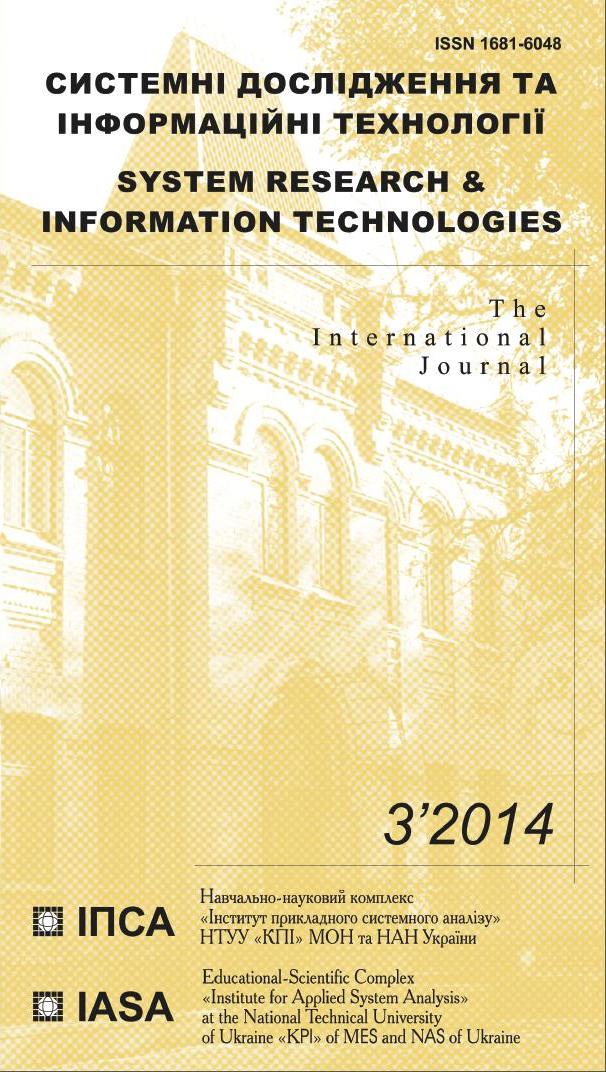Cascade neo-fuzzy neural networks investigations in the problem of forecasting at the financial sector
Abstract
The problem of stock prices forecasting at stock exchanges is considered. The application of cascade neo-fuzzy neural networks (CNFNN) for its solution is suggested. The architecture and training algorithms (gradient and Widrow-Hoff) for CNFNN networks are considered. The experimental investigations of stock prices forecasting accuracy with application of CNFNN network depending on the number of cascades, the number of input variables and their linguistic values were carried out and the efficiency of training methods was estimated. The investigations had shown that each algorithm had strong and weak properties. The Gradient method may give more accurate forecasting, but it needs a lot of time for work. The runtime of Widrow- Hoff algorithm is short, but its accuracy of forecasting is worse. In a whole, CNFNN is the efficient tool for forecasting at stock exchanges under uncertainty. Its forecasting proves to be much more accurate in comparison with classical fuzzy neural networks ANFIS, TSK, and Mamdani
References
Bodyanskiy E. V. Kaskadnaya evolyutsionnaya neyronnaya set’ s neo-fazzi neyronami v kachestve. — http://www.nbuv.gov.ua/portal/natural/Vejpt/2011_4_3/2011_ 4_3/55-58.pdf.
Zgurovskiy M.Z., Zaychenko YU.P. Osnovy vychislitel’nogo intellekta. — K.: Naukova dumka, 2013. — 406 s.
Neo-fazzi neyronnaya set’ v analize i prognozirovanii fondovogo rynka. — http://sait.kpi.ua/eproc/2011/2/2034.pdf.
Indeks tsin RT·S. — http://www.rts.ru/ru/index/stat/dailyhistory.html?code=RTSI.

